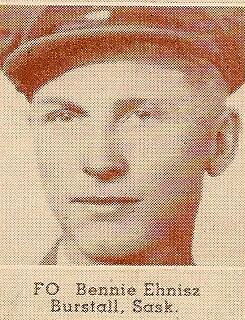Item is a German 1000 Mark banknote originally issued in 1922, and later over-printed for use as a leaflet to encourage recruitment for the Nazi Party.
The reverse of this banknote has been overprinted with an anti-semitic cartoon titled "Eine Überraschung" (A Revelation) which depicts a stereotyped Jewish man being surprised by a large, dazzling swastika with the text "Hitler" above, and "Nationalsozialismus" (National Socialism, aka Nazism) below. The man is exclaiming (in what appears to be a sort of racist Yiddish-German pidgin):
Godd der Gerachte! Scho / wieder ä naier kometh! /
(God the just! So again a [new one?] comes!)
Underneath is the text:
Volksgenossen! / Kommt zu Hitler, /
werdet Nationalsozialisten!
(Compatriots! [literally "people's comrades"] Come to Hitler, become National Socialists!
After the First World War, Germany struggled to pay war reparations imposed by the Treaty of Versailles, resulting in hyperinflation that decimated the value of the Mark. Currency like this became valueless, and so was used by the Nazis as a cheap and plentiful material for propaganda leaflets.

![Gassho Dojikun [combined book of children's textbook]](/uploads/r/mount-royal-university-archives-and-special-collections/5/3/4/5340f764ed7e3af64e8e4a014b5c01a00d29a186e16c14547b2bb50d9054ebc3/0083-10_142.jpg)






